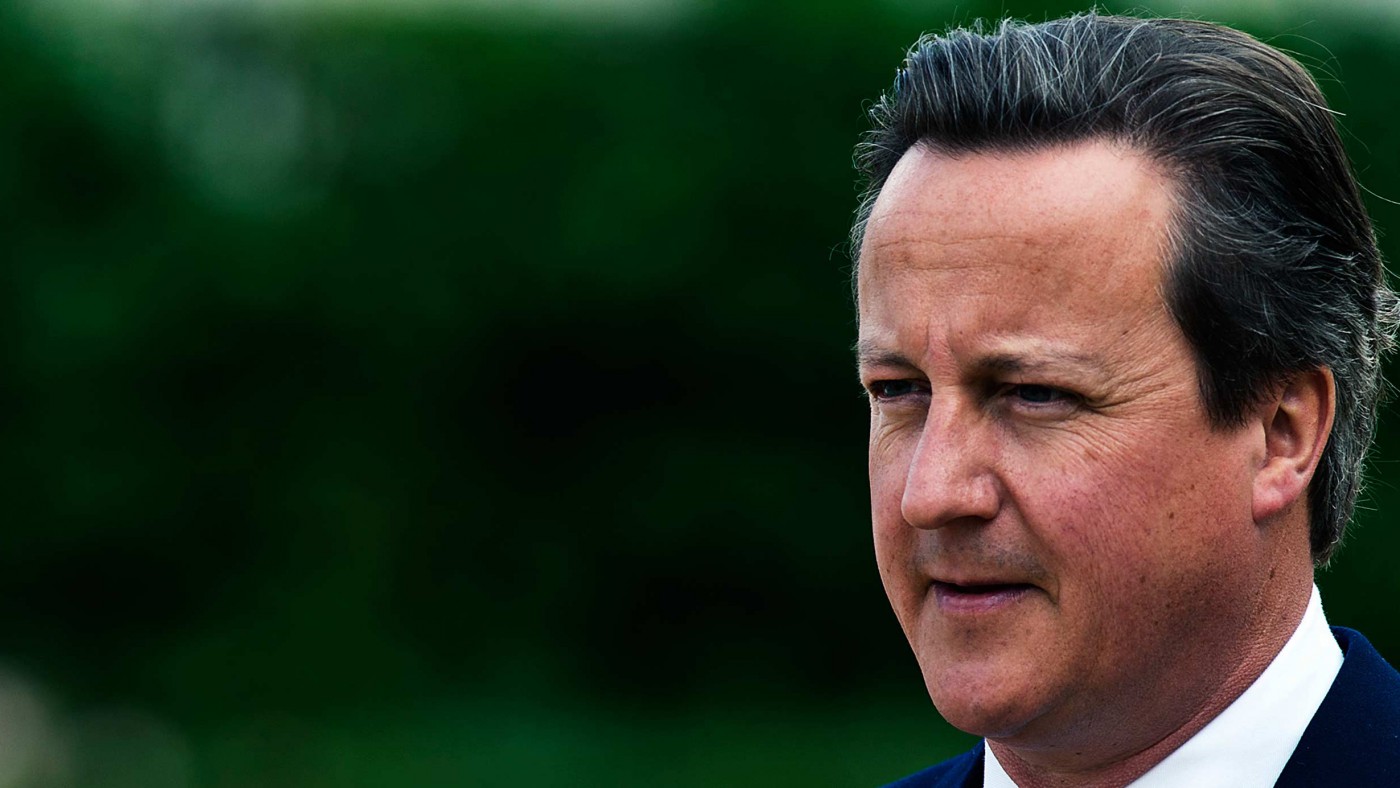The Labour Party has given the nation a textbook study in how the wrong kind of activist member can have a devastating impact on a political party. On so many of the great issues facing Britain – the need to bring welfare bills under control, to confront Islamic terror and to control the nation’s borders – the Labour Party members who elected Jeremy Corbyn are far to the left of the average British voter – and, just as significantly, much more extreme than the average Labour MP. But there are also dangers in having too few active party members. And at the heart of the bullying scandal that has devastated young lives and has today brought down former Tory Chairman Grant Shapps is a tale of how a once great political party is now a shrivelled shadow of its former self.
Approximately 250,000 people could take part in the election of David Cameron as the Conservative leader in 2005. Today membership is barely half that number now and will probably fall below 100,000 over the next five years. While Zac Goldsmith was chosen as the Tory candidate for London mayor by under 10,000 Tory members, nearly 90,000 Labour members ensured Sadiq Khan was their party’s candidate. That’s a lot more leaflet deliverers for Mr Khan. The decline in the Conservative ground army did not begin under David Cameron but it has accelerated. It accelerated because of the rise of Ukip and the opportunities that the compromises of coalition government appeared to force upon the Tory leadership.
Some of the traditionalist Tories who defected to Nigel Farage’s embrace won’t be missed. The homophobic and racist fringe of the old Tory Party (and it was always only a fringe) has gone for good and good riddance to it. But the uber-modernising years when any discussion (“banging on” as it was called) of Europe, immigration and tax cuts was discouraged produced huge levels of discontent in just about every Tory Association I visited when I edited ConservativeHome from 2005 to 2013. Members thought their views weren’t shared by the party leadership. There was, for example, the centralised control of candidate selection and the infamous A-list – a sign that members couldn’t be trusted to pick the right kind of Tory MP. There was also the evolution of the annual party conference from an affordable, politics-packed week by the seaside into an unaffordable, corporate money-raising fest. ConHome calculated that the average cost of going to a Birmingham or Manchester conference is over £700 (once fees, accommodation, travel and food costs were totted up) – much too much for most party members. When it was reported that a “senior Tory” had likened party members to swivel-eyed loons, few party members were surprised. They knew that that was how Team Cameron regarded them.
Elections are largely decided by the strength of a party’s economic message, the persuasiveness of its leader, the unity of its team – the so-called iron triangle of political success. But the ground war can still matter in close elections. Parties need to get their literature into the hands of floating voters in marginal seats. Much of this can be done by direct mail and the Tories under Lord Feldman have been such effective fundraisers that they have been able to afford large volumes of sophisticatedly targeted direct mail. You still need members, however, to spot things that computerised databases in the Westminster village cannot. Local activists can spot the emergence of issues that voters may not have even noticed yet. The pavement politics that once made the Liberal Democrats such a force in British politics wasn’t just about the ability to deliver leaflets – it was also about having deep understanding of the micro issues in a constituency from pot holes, to dog mess, to the pub that plays music too loudly, to the traffic problems stopping ambulances getting to a local hospital.
When the Tory election machine turned to Mark Clarke’s Road Trip army to fill the gaps in its ability to reach voters in target seats they were desperate for activists to deliver leaflets – but they were only ever papering over the cracks. Once the inquiry into complaints of bullying is over and once the party has reorganised its relationship with youth groups inside and outside of its formal control it needs to address the centralisation of power that is at the root of not just this problem but a wider malaise.
Few people advance in today’s Tory Party if they not do what the leadership wants. The ministerial benches are top heavy with people who are George Osborne’s proteges. Talented people of independent mind are left to languish on the backbenches. People who crossed the party leadership a decade ago are never forgiven. Many talented people on the centre right don’t even get to the Lords. Cameron has sent crony after crony to the upper House – contributing to its declining status. Roger Scruton, Jill Kirby, Ruth Lea – people who would add colour, weight and independence of mind to the national conversation are overlooked.
Reform should begin with a directly-elected and independent Tory Party Chairman. While Lord Feldman has been a very successful Tory Chairman in many respects he is the servant of his friend David Cameron. The long-term interests of the Tories (rebuilding in the north, in Scotland and recruiting a new generation of active members) will not always overlap with those of David Cameron or any future leader. The party preaches against centralisation and groupthink for the country as a whole. It needs to practise what it preaches in terms of its own organisation. Restoring Tory HQ to its once esteemed status should be step one. It needs to be more than a branch office of the party leader.


